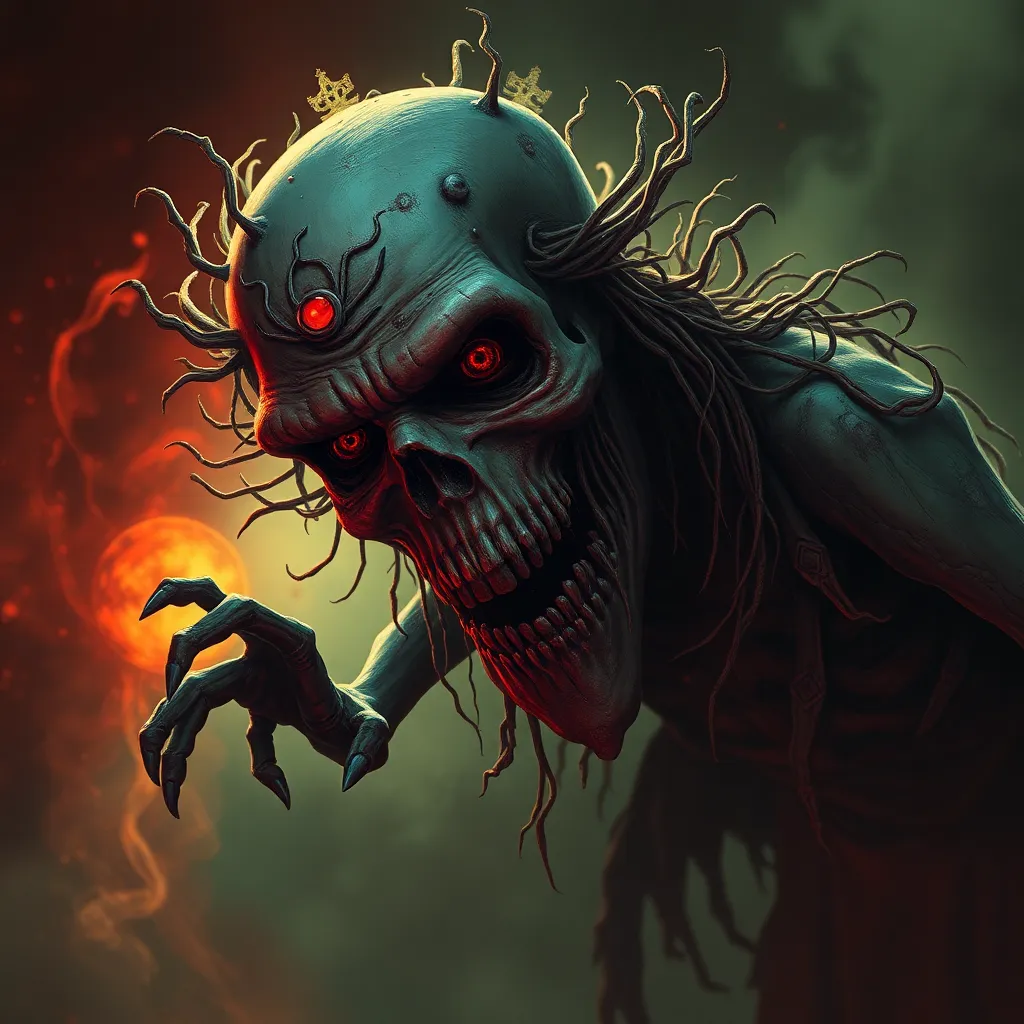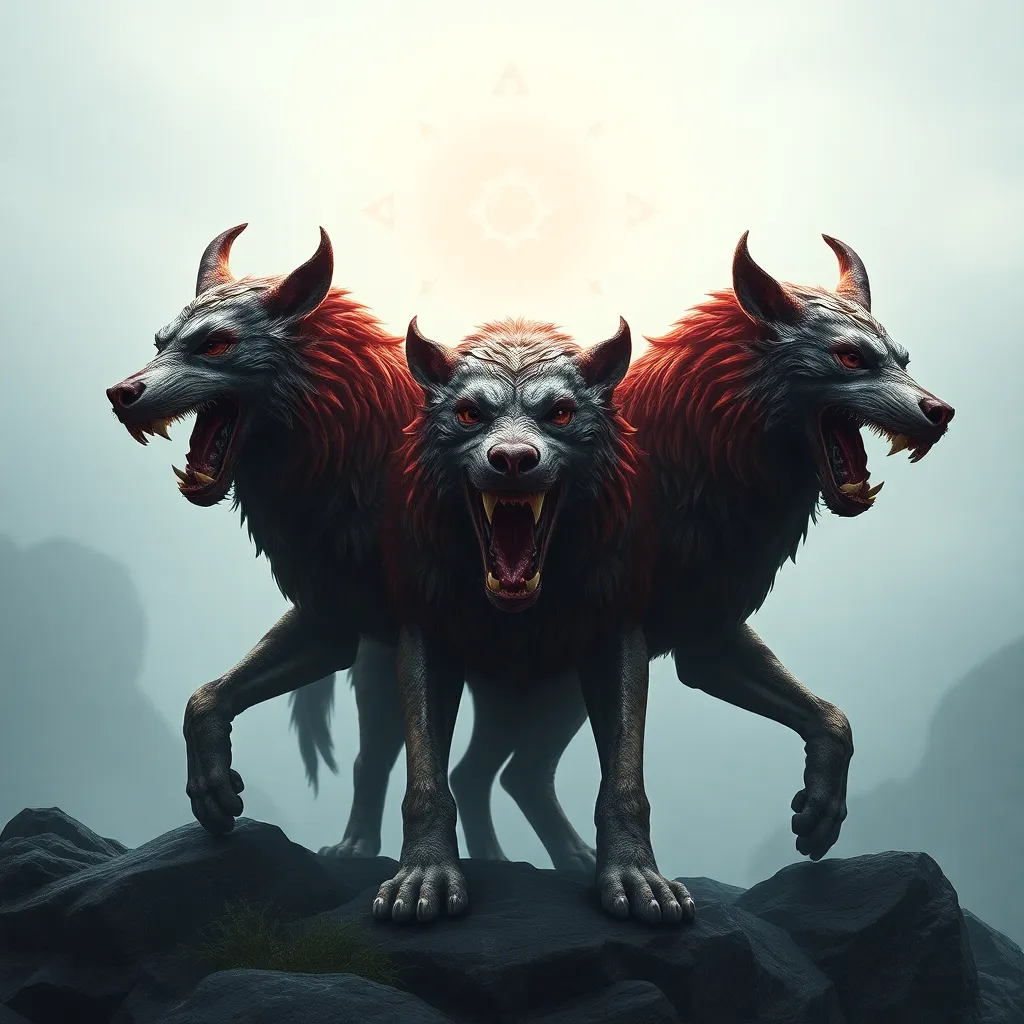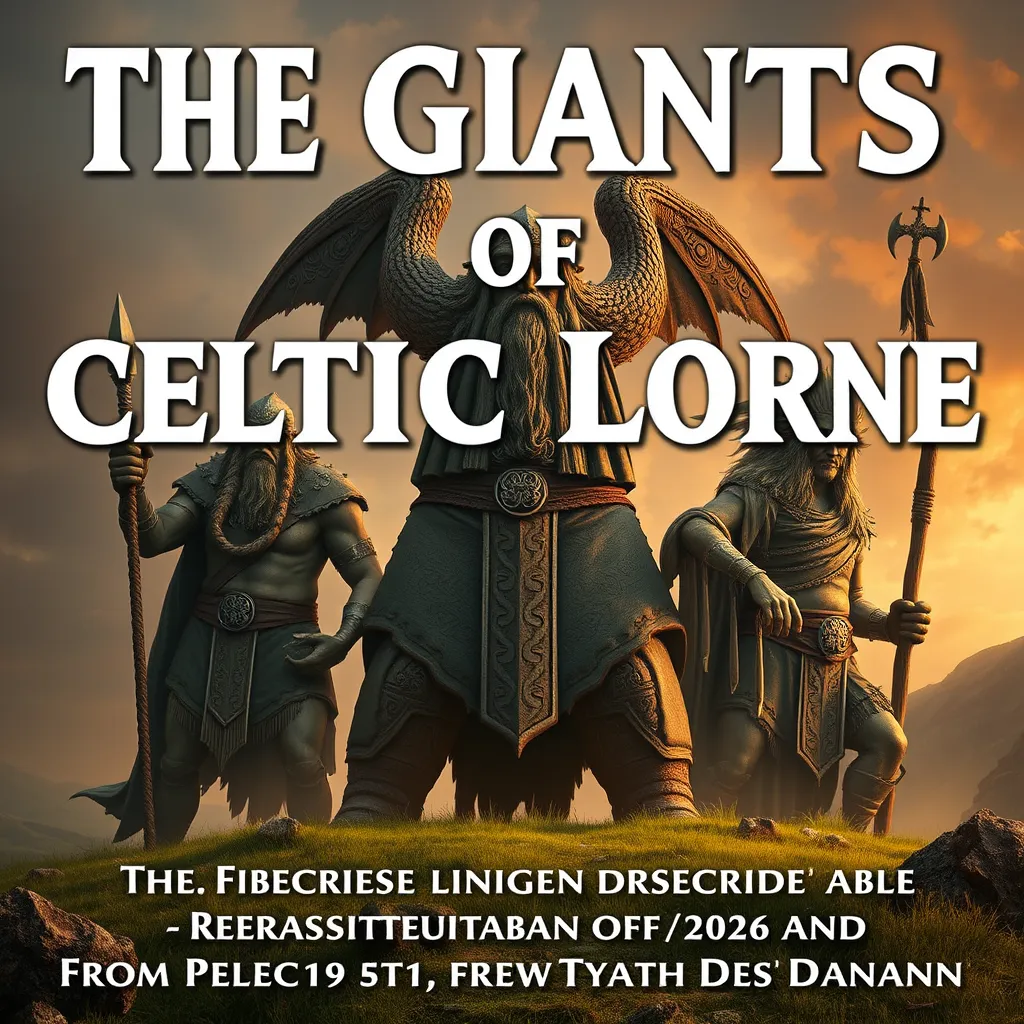The Ghoulish Reanimated: Exploring Zombie Myths Across Cultures
I. Introduction
The term “zombie” has become a staple in popular culture, often depicted as a reanimated corpse driven by an insatiable hunger for human flesh. These creatures have transcended their folkloric origins, evolving into icons of horror films, video games, and literature. However, the concept of the undead varies greatly across cultures, with each society imbuing its own beliefs and fears into the figure of the zombie. This article aims to explore the diverse zombie myths that exist in various cultures around the world, shedding light on their historical origins and cultural significance.
II. Historical Origins of Zombie Lore
The origins of zombie lore can be traced back to ancient beliefs and practices surrounding death and the afterlife. Many cultures have rituals and myths that involve the dead returning to the living world, whether as a spirit, ghost, or reanimated body. Over time, these beliefs have evolved, leading to the modern interpretations of zombies we see today.
Ancient beliefs and practices related to the dead:
Many ancient civilizations, such as the Egyptians and Mesopotamians, had elaborate burial rituals and beliefs in an afterlife, often focusing on the preservation of the body. Other cultures believed in spirits that could return to haunt the living, laying the groundwork for the concept of the undead.
The evolution of zombie myths:
From folklore tales of the undead rising to seek revenge to modern cinematic portrayals, the image of the zombie has transformed significantly. Early depictions focused on the horror of death and the unknown, while contemporary interpretations often reflect societal fears, such as disease, apocalypse, and the loss of individuality.
III. The Haitian Vodou Zombie
One of the most significant cultural interpretations of zombies originates from Haitian Vodou. In this belief system, zombies are not merely monsters but carry profound cultural and social implications.
Origins in Haitian Vodou culture:
In Vodou, a zombie is a person who has been brought back from the dead through sorcery. This process, known as “zombification,” is often associated with the practice of controlling individuals against their will.
The role of sorcery and the belief in reanimation:
Practitioners of Vodou believe that a sorcerer, or “bokor,” can manipulate the spiritual essence of a person, effectively rendering them a living corpse. This belief is deeply intertwined with the historical context of slavery in Haiti, where the fear of losing one’s autonomy loomed large.
Case studies: Notable accounts of zombification:
Numerous accounts from the early 20th century describe individuals who were believed to have been turned into zombies. These stories often highlight the social and psychological implications of being stripped of one’s identity and agency.
IV. The European Undead: Vampires vs. Zombies
European folklore has a rich tradition of undead creatures, particularly vampires and zombies. These figures share some similarities but differ significantly in their representations and cultural meanings.
The connection between European folklore and zombie myths:
Early European tales of the undead often depicted revenants, or spirits of the dead that return to haunt the living. These legends laid the groundwork for modern zombie myths, particularly in their portrayal of reanimation.
Differences between vampires and zombies:
While vampires are typically depicted as intelligent, charismatic beings that seduce and prey on the living, zombies are often portrayed as mindless and grotesque. This distinction highlights the different fears each creature embodies: vampires represent the allure of death and immortality, while zombies symbolize decay and loss of self.
The impact of literature and film:
Literature and film have shaped the public perception of both vampires and zombies. Iconic works such as Bram Stoker’s “Dracula” and George A. Romero’s “Night of the Living Dead” have solidified these creatures’ place in popular culture, influencing how societies view death and the undead.
V. Asian Interpretations of the Undead
Across Asia, various cultures have their own interpretations of the undead, each reflecting unique beliefs and practices.
The Jiangshi of Chinese folklore:
The Jiangshi, or “hopping vampire,” is a reanimated corpse in Chinese folklore that moves by hopping. Unlike traditional zombies, Jiangshi are said to absorb life energy from the living, representing a blend of fear and respect for the dead.
Japanese Yurei:
In Japan, Yurei are spirits of the dead that have not found peace. They are often depicted as ghostly figures, similar to western ghosts, and share some traits with zombies, such as a longing for the living and a desire for vengeance.
Modern adaptations in Asian horror films:
Contemporary Asian horror films often reinterpret these traditional undead figures, infusing them with modern fears and anxieties. Films like “Train to Busan” have popularized the zombie genre in Asia, blending traditional beliefs with contemporary narratives.
VI. African and Indigenous Perspectives on the Undead
African cultures have their own rich traditions concerning death and the undead, often rooted in ancestral worship and spiritual beliefs.
African cultural beliefs surrounding death:
In many African traditions, the dead are believed to remain present among the living, influencing their lives. Some cultures view the concept of zombification as a metaphor for losing one’s spirit or identity.
Indigenous myths and their interpretations:
Indigenous cultures in North America and elsewhere also have myths about the undead, which often reflect their beliefs about life, death, and the spirit world. These stories serve as cautionary tales or moral lessons, emphasizing the importance of respecting the dead.
The impact of colonization:
The arrival of European colonizers significantly impacted these beliefs, often leading to the suppression or transformation of indigenous mythologies. The blending of these traditions with Western horror tropes has created unique interpretations of the undead.
VII. The Modern Zombie Phenomenon
In recent years, zombies have surged in popularity, becoming a dominant trope in contemporary media.
The rise of zombies in contemporary media:
Films like “The Walking Dead” and video games like “Resident Evil” have brought zombies to the forefront of popular culture, showcasing their evolution from folklore to mainstream entertainment.
The cultural significance of zombies:
Today, zombies often symbolize societal fears, such as pandemics, loss of autonomy, and the consequences of unchecked consumerism. They serve as a reflection of contemporary anxieties, making them relevant to modern audiences.
Zombies as a metaphor:
The zombie apocalypse narrative has become a popular trope, representing the breakdown of society and the struggle for survival. This has prompted discussions about ethical dilemmas, human nature, and the fragility of civilization.
VIII. Conclusion
In conclusion, the diverse zombie myths across cultures illustrate the rich tapestry of beliefs surrounding death and the undead. From Haitian Vodou to Asian folklore, each interpretation reflects unique societal fears and values. The enduring appeal of zombies as cultural icons speaks to our collective fascination with death and the unknown. As we continue to explore these myths, we may uncover deeper insights into our own humanity and the fears that bind us together. The study of undead myths will undoubtedly evolve, revealing new interpretations and significances in an ever-changing world.




